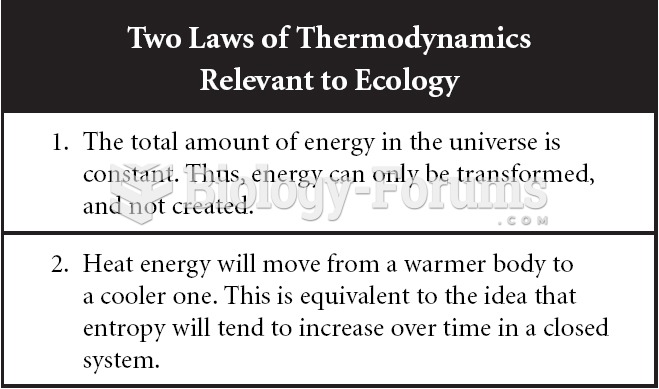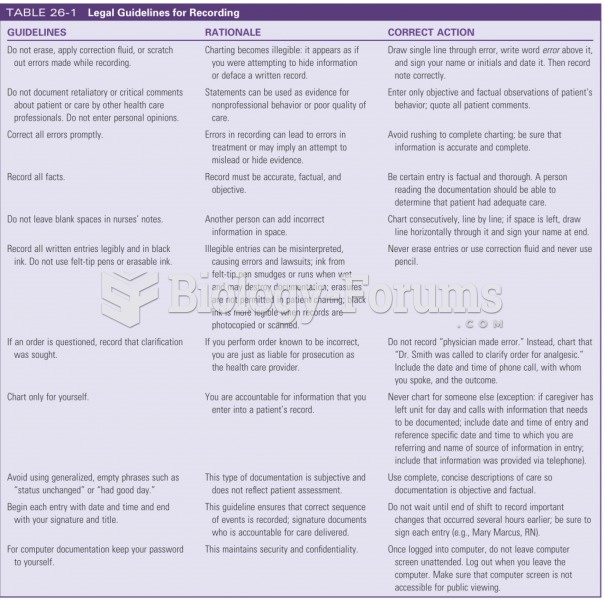|
|
|
Street names for barbiturates include reds, red devils, yellow jackets, blue heavens, Christmas trees, and rainbows. They are commonly referred to as downers.
Human kidneys will clean about 1 million gallons of blood in an average lifetime.
Approximately 25% of all reported medication errors result from some kind of name confusion.
On average, someone in the United States has a stroke about every 40 seconds. This is about 795,000 people per year.
Hip fractures are the most serious consequences of osteoporosis. The incidence of hip fractures increases with each decade among patients in their 60s to patients in their 90s for both women and men of all populations. Men and women older than 80 years of age show the highest incidence of hip fractures.







